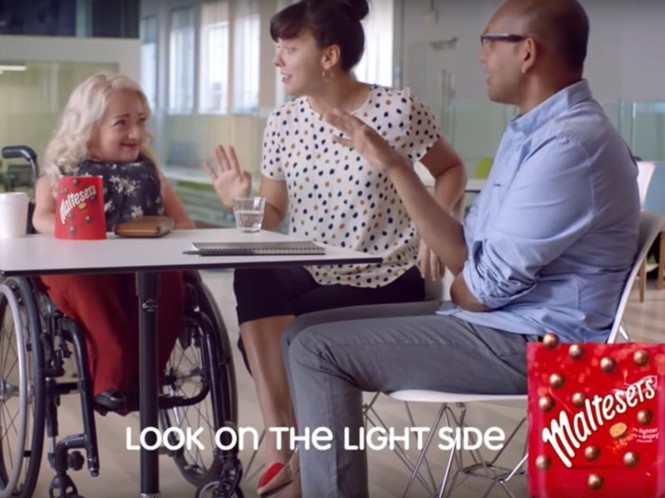Opinion: Why you can’t afford not to engage with disabled people

Ignoring disabled people in your marketing and communications means missing a multibillion-pound trick as Emma Gardner explains
Including disabled people in your marketing isn’t just the right thing to do - it’s the commercial savvy thing to do. I say this a lot in presentations I give on representation, but I’m wondering if the message is really landing.
So, let’s break it down.
There are around 13.9m people living with disabilities or a long-term condition in the UK alone. That’s roughly one in five people. That group of people and their families have spending power of £249bn. Just think about that for a second. 249 billion pounds. Globally, this is a huge untapped market – disabled people equate to the second largest market behind women.
Back to the UK and its tiny slice of the global market and we are still talking about a hefty pot of cash for businesses and brands to ignore, aren’t we? And yet, most still do.
If I asked you to name an ad featuring a disabled person, chances are, you’d name the infamous Maltesers work that first aired back in 2016. And rightly so, it’s a brilliant campaign and was their most successful in a decade, achieving brand growth of 8.1% and a brand affinity increase of 20%.
The stats don’t lie. The success of the Maltesers campaign is tangible proof that representing disabled people in ads is commercially sound, as well as being refreshing and forward-thinking. It’s a win-win, and many brands such as McCain, River Island, Nike and Burger King have followed suit since.
At a talk I attended recently, Caroline Casey of The Valuable 500 spoke of this and of her work on getting corporations to put disability on their board agenda, saying “I’m not trying to convince you - I’m inviting you to embrace and believe this huge opportunity for brands.”
Of course, Caroline’s right, but it will take a shift in traditional thinking to break through bias towards disability. Beyond representation, we also need to consider accessibility and how to reach disabled people through experiential and online channels. If 75% of disabled people have admitted to leaving a store or clicking away from websites due to accessibility issues, marketing to this audience in an appropriate way will surely lead to an uplift in sales.
As people working in communications and marketing, we are in the business of challenging brands and evolving them for the better, but only a few of us are recognising and embracing people with disabilities as a valuable audience.
Tommy Hilfiger launched an adaptive clothing range in 2016 and has since launched three additional collections. This year, IKEA developed a range of product hacks for disabled people and Mattel launched a new range of diverse barbies featuring one in a wheelchair for its 60th birthday. These brands are all blazing a trail in providing relevant and accessible products and solutions for disabled people – things they need and desire in order to live their lives like anyone else.
It’s time to absorb the facts and take action. If you’re brave (and smart) enough to do something different, you’ll reap the benefits.
Emma Gardner is managing partner at Elvis













